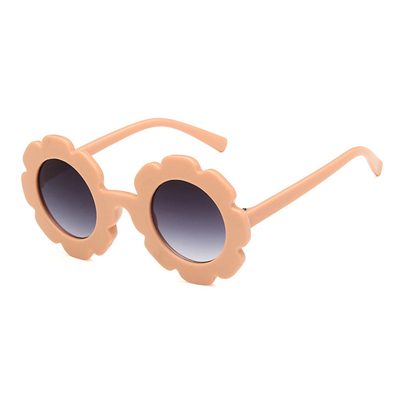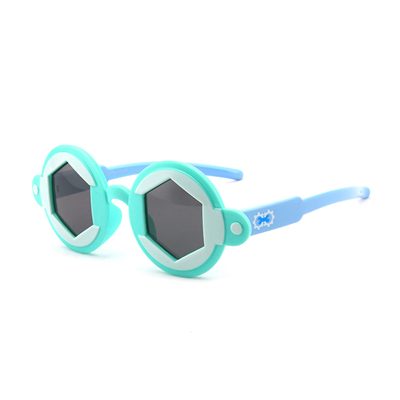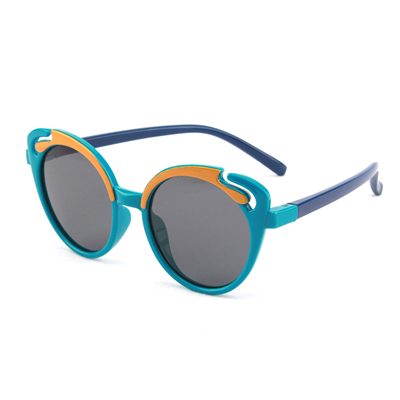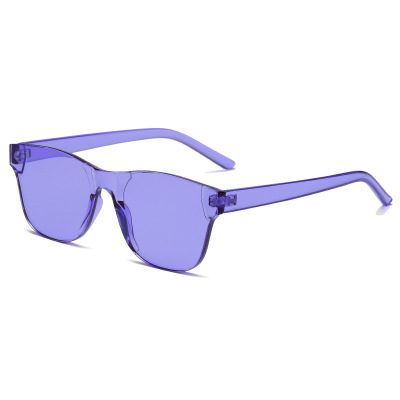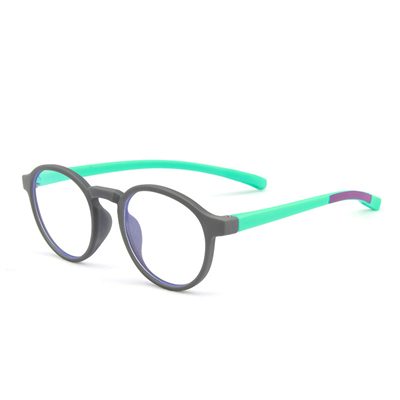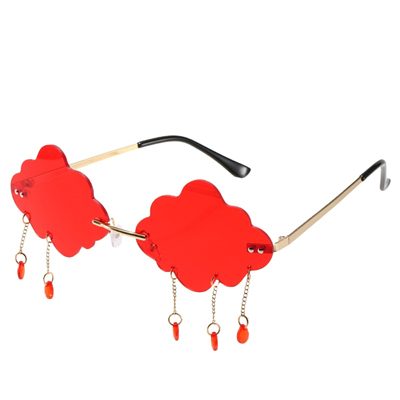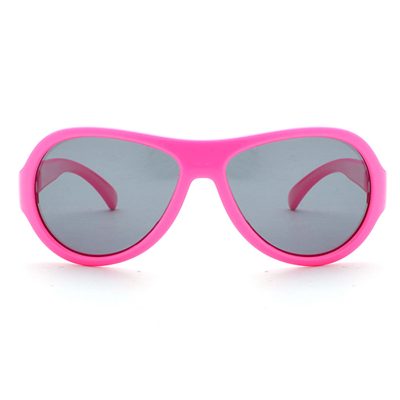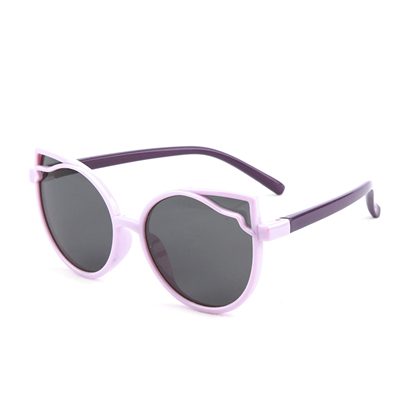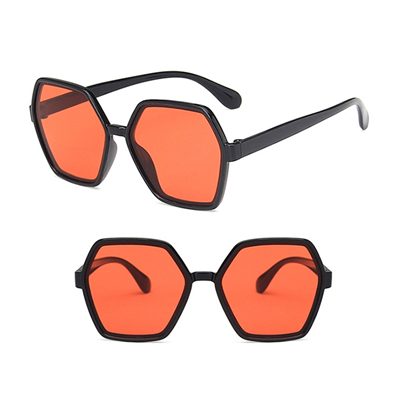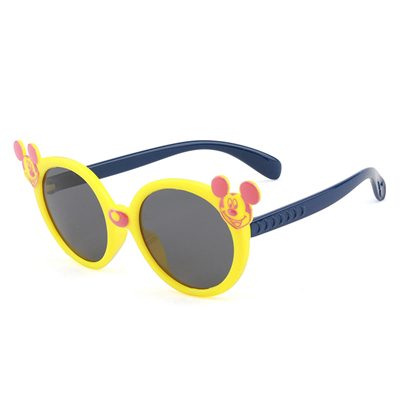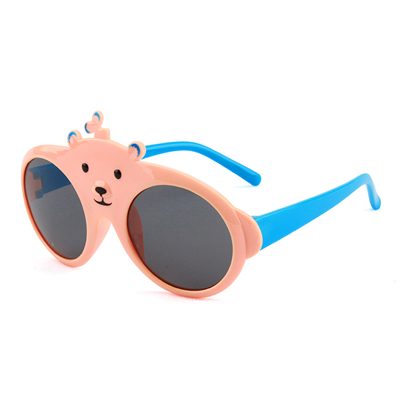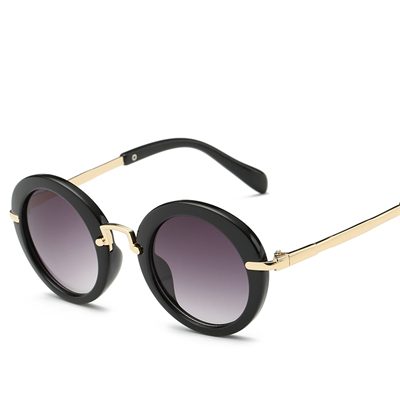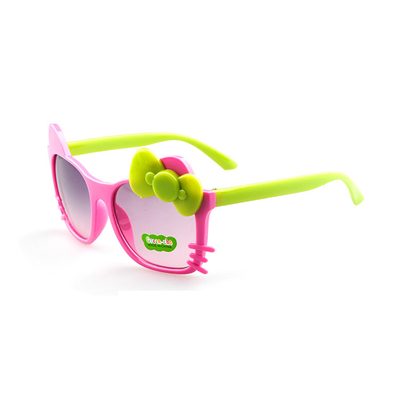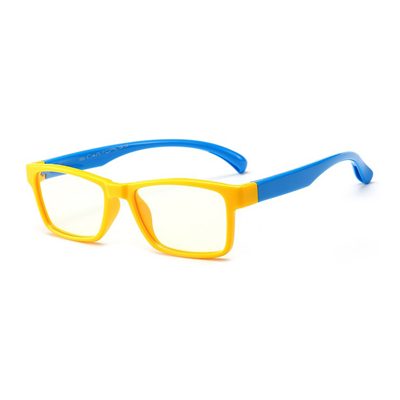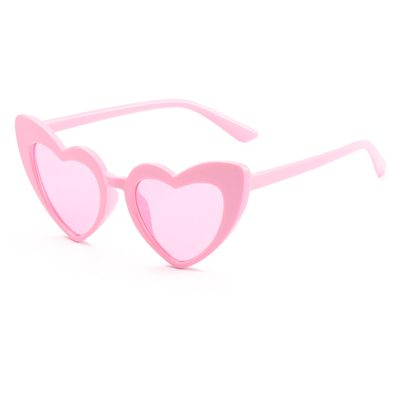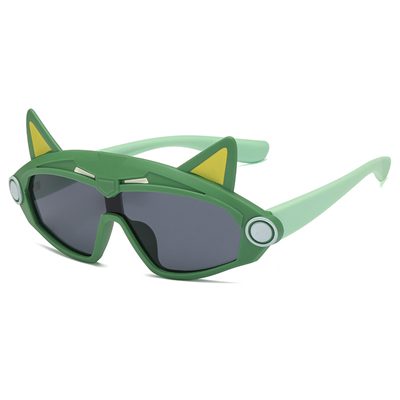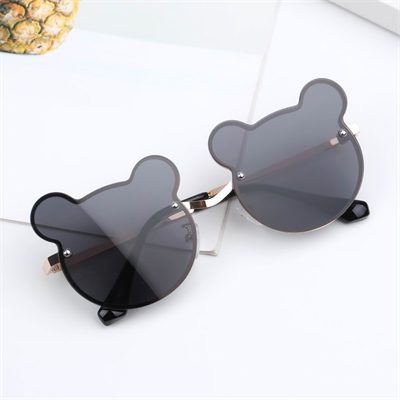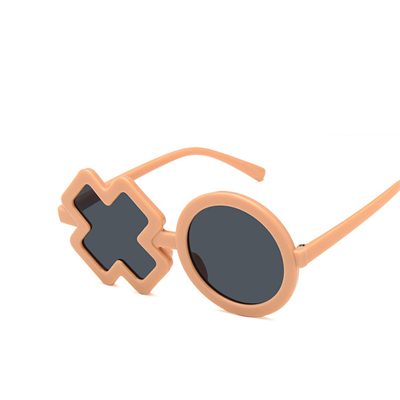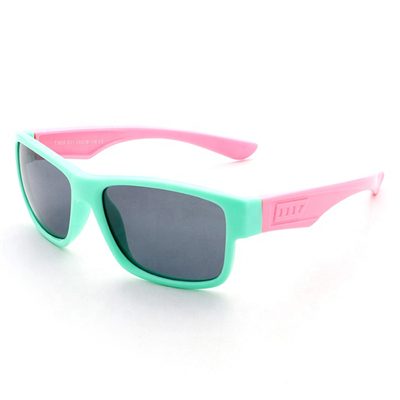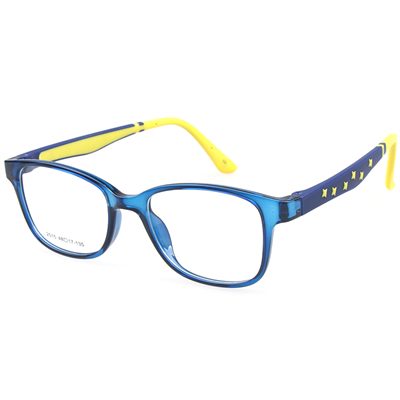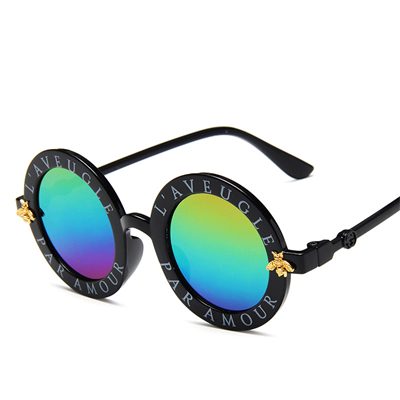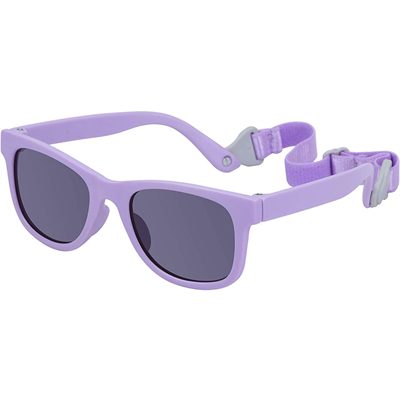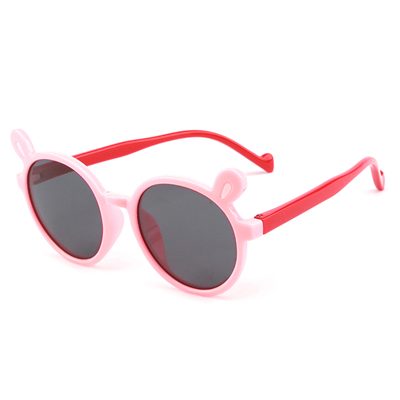How to choose children’s glasses:
Nose pads
Children’s heads are very different from adults, especially the height of the nose bridge. Most children have lower nose bridges. Therefore, it is best to choose glasses with high nose pads or adjustable nose pads for children’s glasses. Otherwise, the nose pads of the frames are low, and the glasses are easy to stick to the eyeballs, or even touch the eyelashes, causing eye discomfort.
Frame material
The material of the frame is mainly divided into metal frame and plastic sheet frame. Most children are active, and they are more casual about taking off, wearing and placing glasses. The metal frame is easy to deform and break, and the metal frame may cause skin irritation. The plastic frame is not wear-resistant, has poor ductility, and is easy to break. The fracture is jagged and not suitable for children. The best material is high-quality TR90 or light-weight plate series, which is not easy to change or damage, and is environmentally friendly and safe.
weight
You must pay attention to the weight when choosing children’s glasses. Because the weight of the glasses directly acts on the bridge of the nose, if they are too heavy, it is easy to cause soreness in the bridge of the nose, which may lead to degeneration of the nasal bone in severe cases. Therefore, the weight of children’s glasses is generally the most appropriate under 17 grams.
Frame size
Children’s glasses should have enough sight areas. Since children have a wide range of activities, try not to choose frames that will produce shadows and blind spots in the line of sight. If the frame is too small, the field of view will become smaller; if the frame is too large, it is easy to be unstable and the weight will increase. Therefore, children’s eyeglass frames should be of moderate size.
Lens selection
The optical quality of the lens will affect the visual quality. Therefore, children’s glasses should choose lenses with good light transmittance to avoid inferior lenses from aggravating the degree of myopia. From a safety point of view, children should choose safe, non-breakable resin lenses instead of glass sheets, so as to avoid eye injuries caused by broken lenses.












